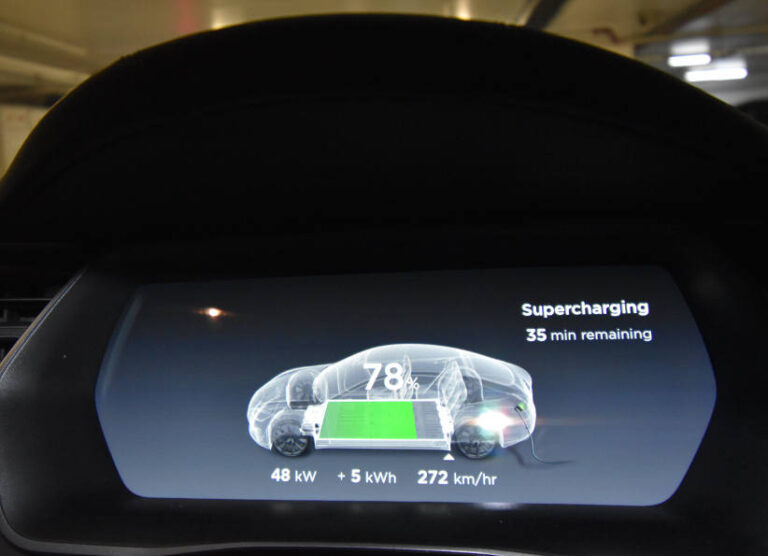Despite increasing model availability and government incentives, electric vehicle (EV) sales in Australia continue to decline. In January 2025, EVs made up just 4.4% of total new vehicle sales—the lowest market share since October 2022. This drop is concerning, particularly as the New Vehicle Efficiency Standard (NVES) is set to push for lower emissions across the national fleet.
While some expected the Fringe Benefits Tax (FBT) exemption to drive EV adoption, sales figures suggest otherwise. Consumers remain hesitant, and hybrids continue to outsell full battery-electric models. Traditional hybrids accounted for 17.1% of total sales, while plug-in hybrids (PHEVs) made up just 2.2%.
Tesla and Polestar Sales Decline
Once the dominant force in the EV market, Tesla’s sales have fallen sharply. In January 2024, Tesla sold 1,107 vehicles. However, in January 2025, that number dropped to 739—a 33% decline year-on-year. The Tesla Model 3 and Model Y remain among the best-known EVs, but growing competition, price sensitivity, and reduced consumer enthusiasm appear to be taking a toll.
Polestar, another premium EV brand, also saw a steep decline in sales. In January 2024, Polestar sold 150 vehicles, but by January 2025, that number had dropped to just 82—a 45% drop.
Why Aren’t Fleets Buying More EVs?
Several key challenges are slowing EV adoption:
- Charging infrastructure remains inadequate, particularly for long-distance travel.
- Price and resale concerns continue to make fleet buyers hesitant, even with incentives.
- Growing competition from hybrids is offering a more practical alternative to full EVs and help to reduce emissions.
If these issues aren’t addressed, Australia’s EV uptake will continue to lag behind global trends.






